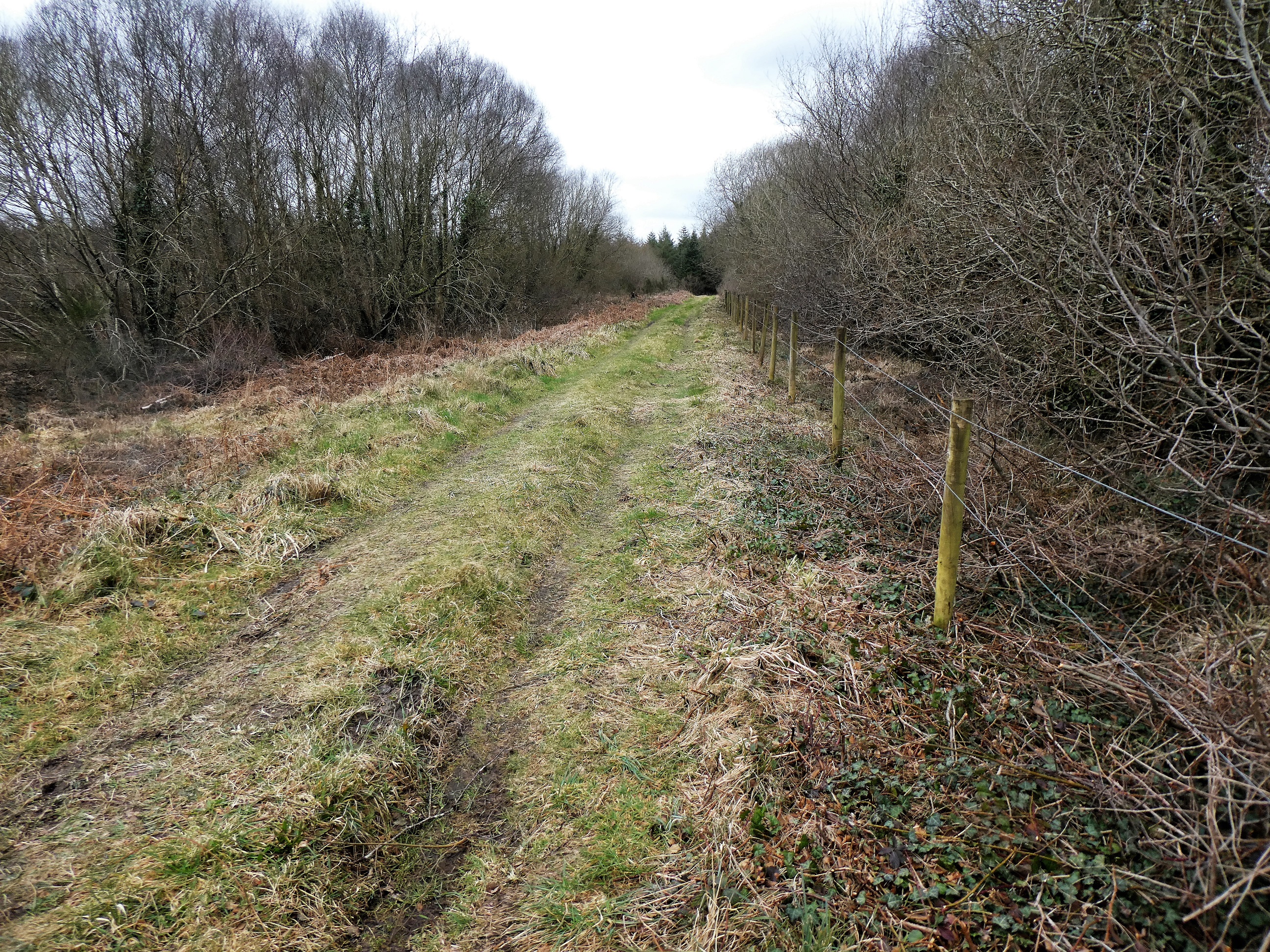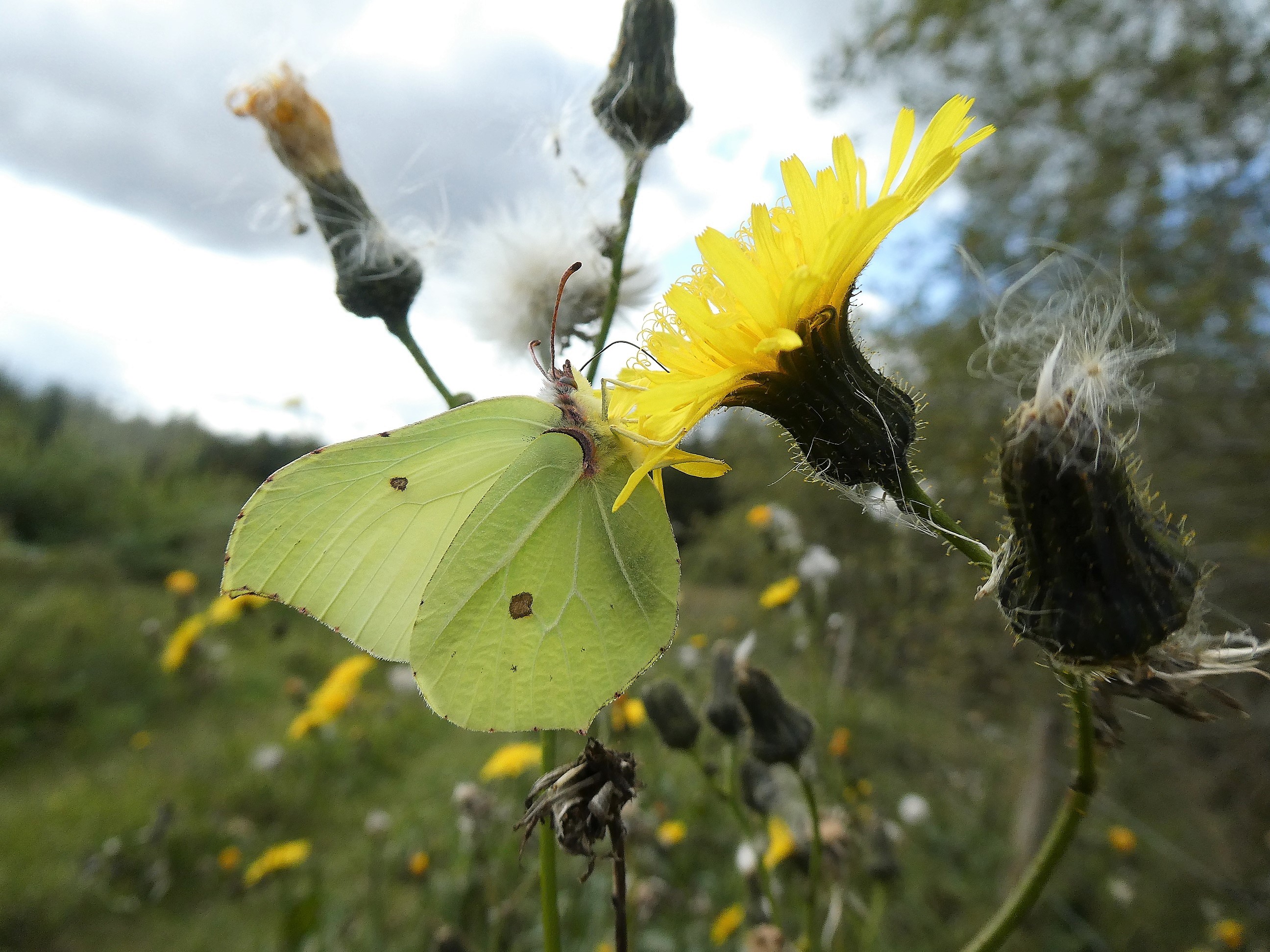
The track leading to the Irish Peatland Conservation Council’s important butterfly reserve at Lullymore is a phenomenal draw for butterflies. At the season’s peak in July and August, there are days when hundreds of butterflies flock to the nectar packed into sow thistles, trefoils, vetches, Devil’s-bit Scabious, Common Knapweed, eyebright and other flowers.
Over the past three years, the track has become shaded by over-hanging willow and birch, encouraging bramble and ivy to invade, crowding out many of the herbs.
The track is so important that intervention was vital. Butterfly Conservation Ireland got involved, especially Pat Wyse who strimmed the entire track length, tackling the dense bramble. Over-hanging branches were cut back and, towards the end of the track, adjacent to the reserve entrance, willow, birch, gorse and broom were cut back; these were a serious hindrance to Common Bird’s-foot-trefoil, much-needed by two very special species, the Dingy Skipper butterfly and Narrow-bordered Bee Hawkmoth which are frequently concentrated here in May.
We have exercised care in trimming back the Grey Willow you see bordering the track to the right. Some of the plants are male; Grey willow is dioecious, meaning male and female flowers grow on separate trees. The catkins arrive in early spring – the male catkins grey, stout and oval, becoming yellow when ripe with pollen; the female catkins longer and green.
The male flowers are greatly sought by bees seeking pollen and also by spring butterflies. Brimstone, Peacock, Small Tortoiseshell and Comma all enjoy this plant’s nectar. What looks bare and lifeless now will soon be greatly favoured. Around 115 of our larger moth species breed on willows. These plants, south-facing, will soon be used for breeding.
And thanks to Pat Wyse, flowers will again bloom here in the weeks and months again. We recommend anyone who loves butterflies to visit this track this summer-you will be dazzled by the sheer numbers on good days.


